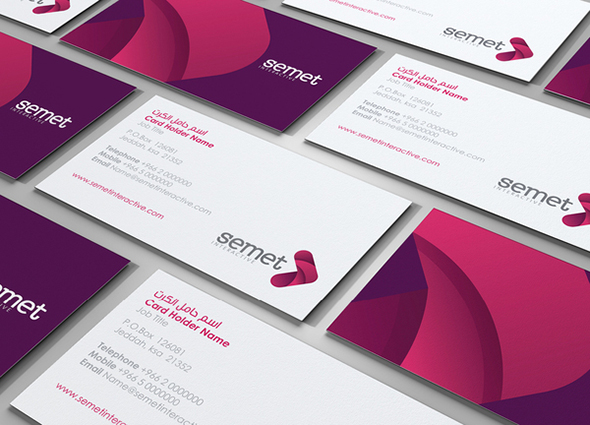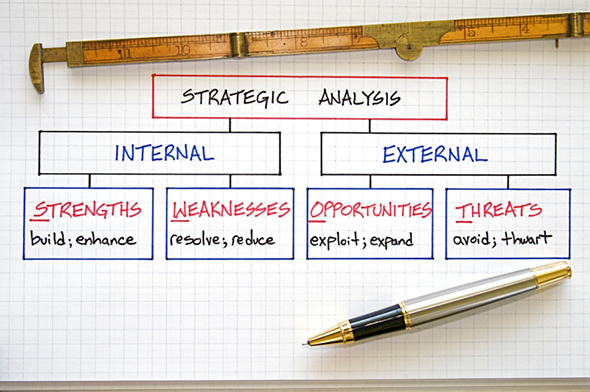Help Sales Soar with Flyers

Flyers are a very flexible, cost-effective, and efficient way to spread the word about your company, promote or introduce your products, announce special price promotions and events, or simply educate your audience. Here are a few ways to increase sales by maximizing the use of marketing flyers:
- Add a flyer to every mailing that leaves your office. Include them with bills, information requests, and marketing campaigns.
- Fold your flyer, affix a label or seal, and send it as a self-mailer to your marketing database.
- Hand flyers out at trade shows, promotional events, and other industry-related affairs, not only at your booth, but also while walking around and visiting.
- Post a flyer on community bulletin boards, such as those found at laundromats, gyms, apartment complexes, senior centers, public libraries, local schools or college campuses, grocery stores, and the like.
- Check with local newspapers or magazines to learn their policy and costs for including flyers as a marketing insert.
- Ask other local businesses such as cafes, auto body shops, salons, clinics, and bookstores if you can leave some flyers in their waiting/reading area.
- Consider hiring high school students to pass them out door to door or to local businesses.
If you’d like help creating eye-catching flyers that get noticed and produce results, drop us a line.









